Eight rarely talked about female freedom fighters
Sampath Putrevu

Wednesday August 23, 2017 , 7 min Read
We dig deep into India's history archives to unearth the tales of fascinating female Indian freedom fighters, who, sometimes even at the risk of death, were brave participants of the freedom struggle.
The trajectory of women in colonial India shows that their historical accounts date mainly from the period of social reform in the 19th century. Though largely initiated by men, they made an anxious debate around the gender question. Although women, who may have initiated any movement are invisible in history at that time, by the end of the century, they had begun to organise themselves, and by the 1920s, the women‘s movement in India had taken off significantly, and so had their active involvement in the freedom struggle.
Here is a list of female freedom fighters who you may not have heard about yet.
Parabati Giri

Following Mahatma Gandhi’s call for the Quit India Movement, Parabati Giri, at the age of 16, spearheaded agitation in the region of Western Odisha. This teen was imprisoned for two years on account of her participation in anti-colonial activities. Her love for the motherland began at the age of 10 when she dropped out of school and started campaigning for Indian National Congress. As she travelled across the villages in Odisha, she spread the message of the Congress and Gandhi. Referred to as the ‘Mother Teresa of Western Odisha', she opened an orphanage and devoted her life to orphans.
Matangini Hazra
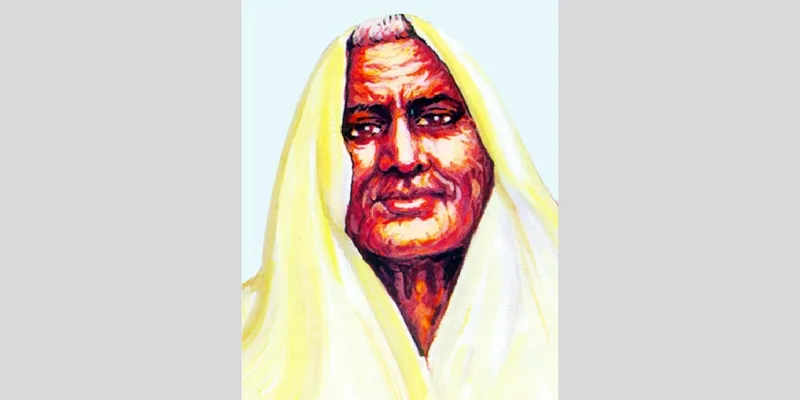
“Even after the firing commenced, she continued to advance with the tricolour flag, leaving all the volunteers behind. The police shot her three times. She continued marching despite wounds to the forehead and both hands,” reports Biplabi newspaper in 1942 in Tamluk, Bengal. This incident is related to Matangini Hazra, who planned to take over the Tamluk police station amidst the Quit India Movement. Despite being shot at multiple times, Matangini, who was 71 years old, kept chanting Vande Mataram and held the tricolour high until her last breath. A daughter of a poor peasant, Matangini, a Gandhian, joined the freedom struggle in 1905. She took part in Civil Disobedience Movement and was arrested for violating the Salt Act.
Kamaladevi Chattopadhyay
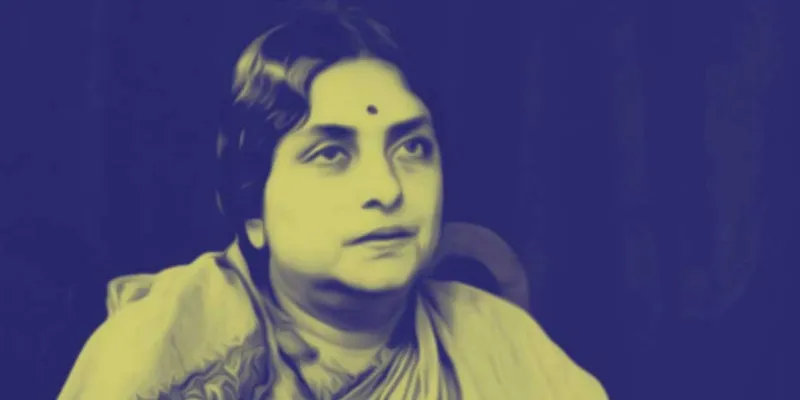
The first women to get arrested by the British was Kamaladevi Chattopadhyay, for entering the Bombay Stock Exchange to sell packets of contraband salt in the 1930s. She was imprisoned for almost a year. She was inspired by the Gandhi's Non-Cooperation Movement, which she joined in 1923. Kamaladevi was also the first woman to run for a legislative seat in India. She ran for the Madras Provincial Legislative Assembly. However, she lost by a mere 55 votes. Further, this fearless freedom fighter worked for women's rights and established the All-India Women's Conference (AIWC) in 1927. She also became a driving force behind the renaissance of Indian handicrafts, handloom, and theatre in independent India, as she founded the National School of Drama and was the first president of Crafts Council of India.
Tara Rani Srivastava

Born into a simple family in Bihar, Tara Rani was married to Phulendu Babu who was a freedom fighter himself. She used to organise women in and around her village and accompanied her husband, on protest marches against colonial rule. During the Quit India Movement Phulendu organised protests and planned to unfurl the Indian flag on the roof of Siwan police station. While the protest went on peacefully, the police, trying to prevent the flag hoist, started lathi charge, and when the protest could not be controlled the police resorted to firing. Phulendu was shot and wounded, but that didn't stop Tara Rani from continuing to march and hoist the Indian flag at the police station. Later on, while returning she discovered her husband had died in the firing. Tara continued to fight against colonial rule until India’s independence.
Bhogeswari Phukanani
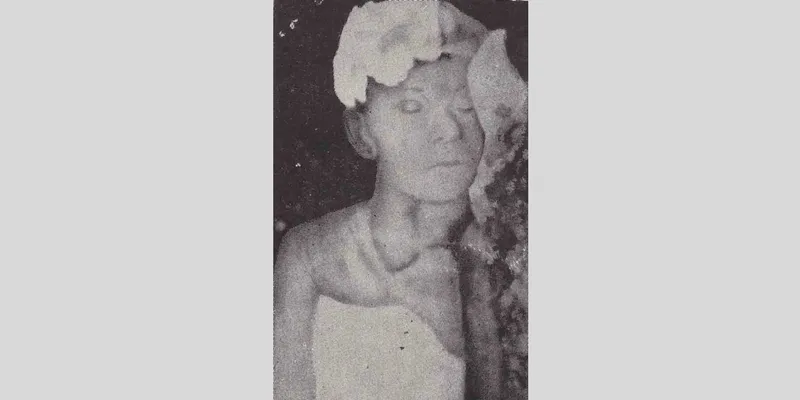
Called as a '60-year-old martyr' back in the day, Bhogeswari, along with granddaughter Ratnamala, charged up against one Captain Finish who attempted to seize the INC at Barhampur. When Finish hit Ratnamala and discarded the national flag, Bhogeswari hit him on the head with the flag's pole and the captain shot her. Bhogeswari was part of various women-based organisations and led large-scale rebellions and protests from the front, against the British authorities. Born in Barhampur, Nagoan district, Assam in 1885, Bhogeswari played a proactive role in the Indian freedom struggle. She had six sons and two daughters and she got them all to join her in the freedom struggle.
Read More:
How a 13-year-old guerrilla fighter took on the might of the British Raj
Freedom, at what cost? Jawans and martyrs’ families speak up
Kanaklata Barua

Kanaklata Barua, a member of the band of revolutionaries Mrityu Bahini, was shot dead during the Quit India Movement in 1942 when she was just 17 years old. Kanaklata led a group of unarmed villagers and decided to hoist the national flag near a local police station in Assam. Defying the police’s orders that they should not go ahead with their plan, Kanaklata’s squad went ahead and carried it out. She was shot at the sight, while Mukunda Kakoti, who attempted to finish the hoisting, was also shot at immediately. Kanaklata, also referred to as Birbala, was born in Borangabari village in Assam. She lost her mother when she was five and father when she was 13. She quit education after Class III to take up the responsibility of caring for her younger siblings.
Durgabai Deshmukh
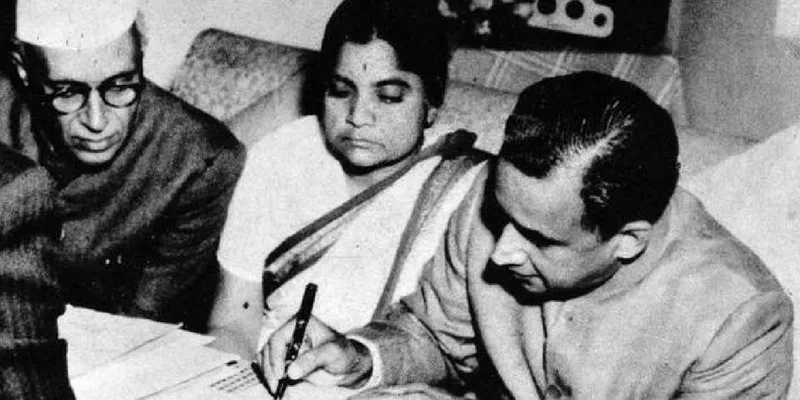
Apart from being a prominent freedom fighter, Durgabai Deshmukh was also a politician, social worker, a lawyer and a member of the Constituent Assembly of India and the Planning Commission. Durgabai was married to CD Deshmukh, who served as Financial Minister in the Central Cabinet between 1950 and 1956 and also was the first Indian-origin governor of the Reserve Bank (RBI). In an interesting incident, when the INC had a conference in 1923, Durgabai was stationed outside the hall and she did not allow Jawaharlal Nehru in until the organisers got him a ticket. Nehru later applauded her honesty. Being an ardent Gandhi supporter, Durgabai was a part of several women satyagraha (civil disobedience) movements, which led to multiple imprisonments between 1930 and 1933. After she was released, Durgabai graduated with BA and MA in Political Sciences from Andhra University and attained a degree in Law from Madras University in 1942.
Raj Kumari Gupta
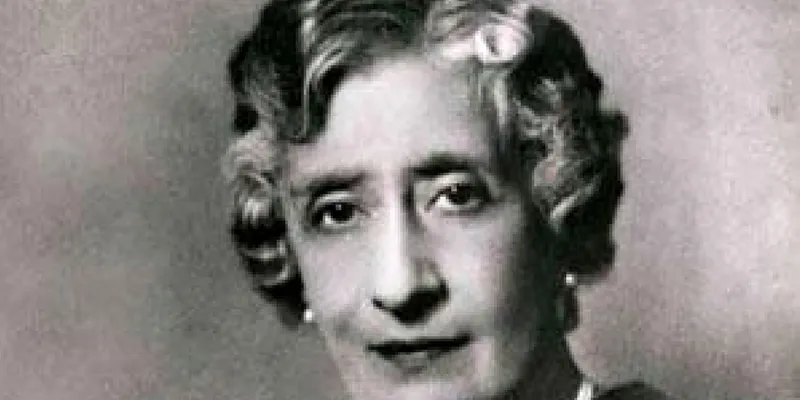
Raj Kumari Gupta, a social reformer and a supporter of Gandhi, was the first Indian woman to become a Central Cabinet minister. The Jallianwala Bagh Massacre of 1919 compelled her to join the freedom struggle in Punjab. A princess by birth, Raj Kumari Gupta was born into a royal family that ruled Kapurthala, which was an independent state after Independence. Raj Kumari handled Health and Sports when she was a Cabinet Minister and was primarily responsible for the setting up of All India Institute of Medical Sciences (AIIMS).
Enter the SocialStory Photography contest and show us how people are changing the world! Win prize money worth Rs 1 lakh and more. Click here for details!










